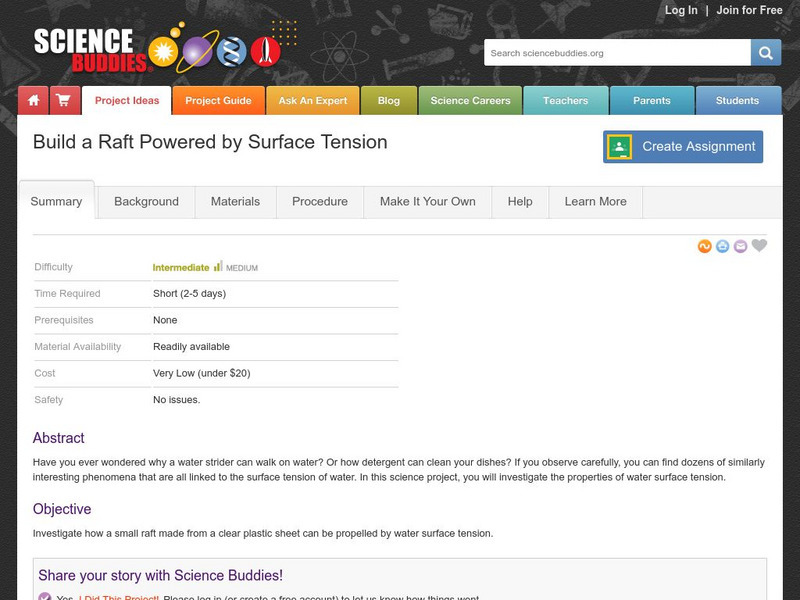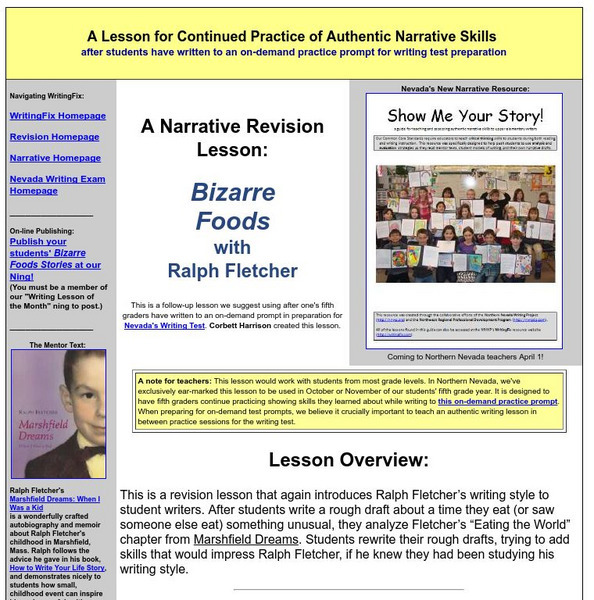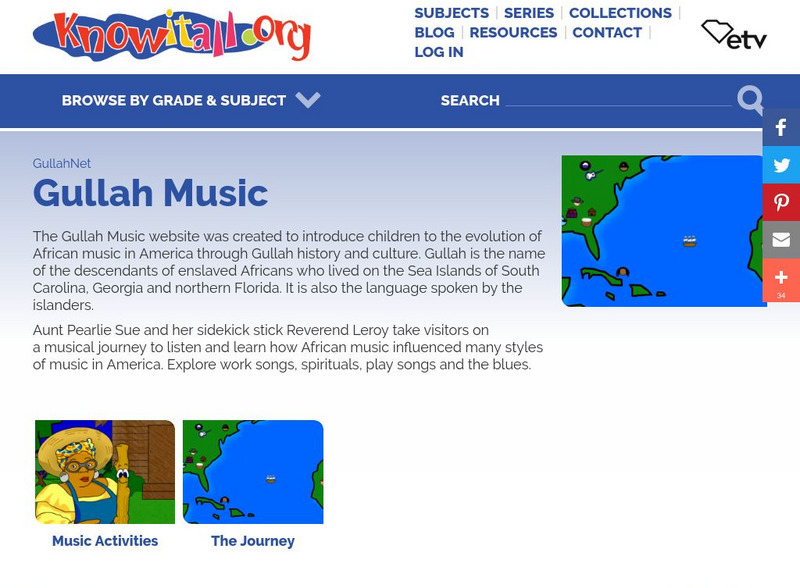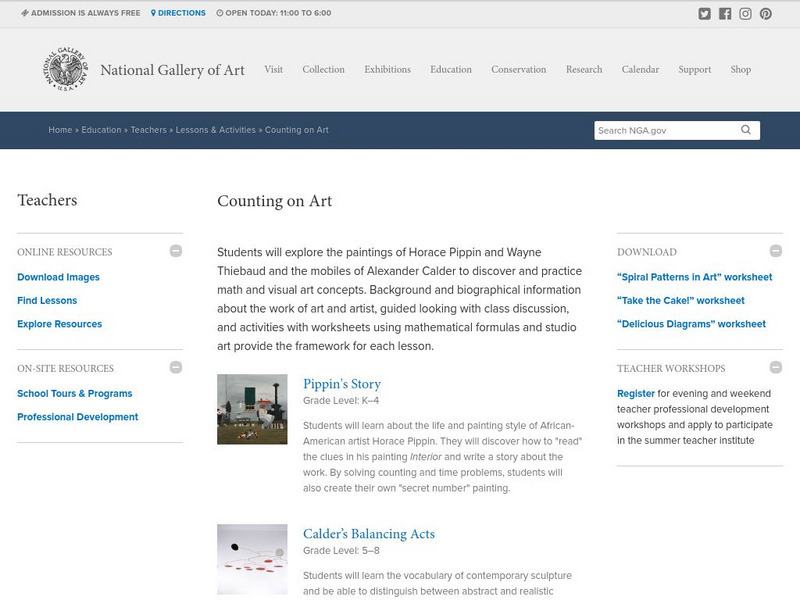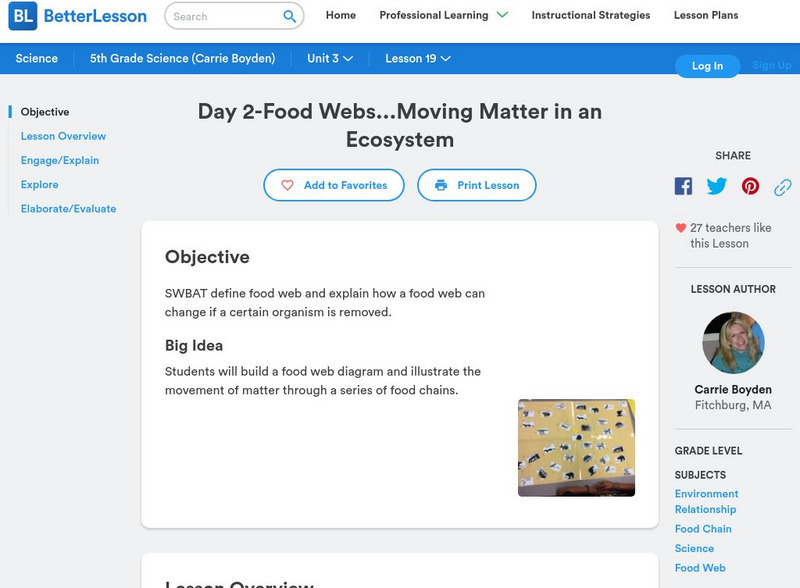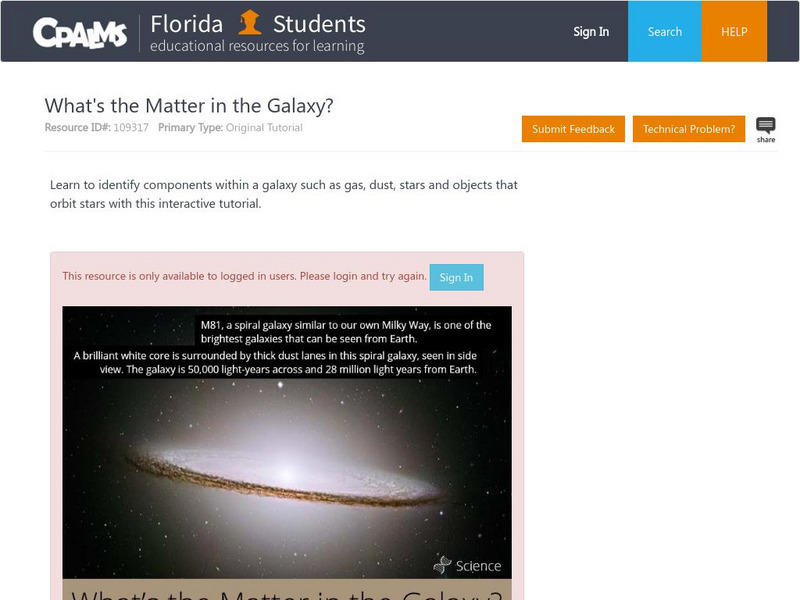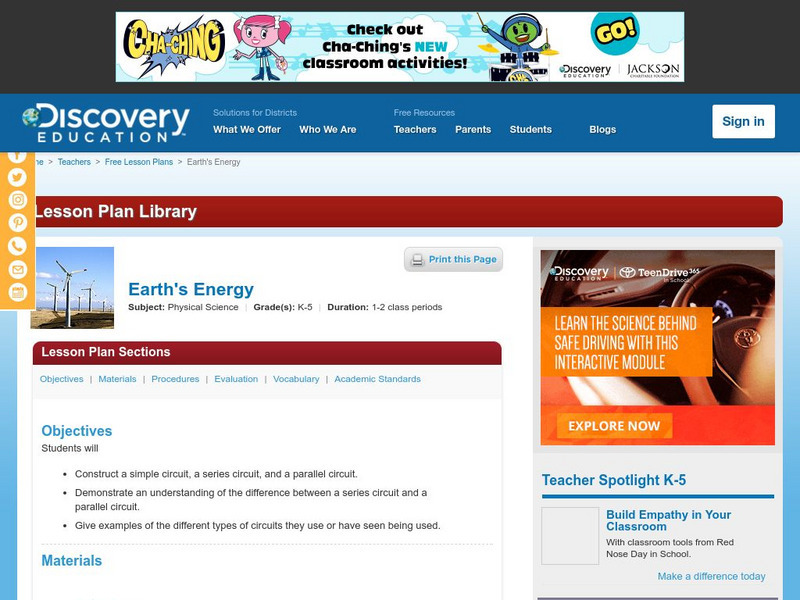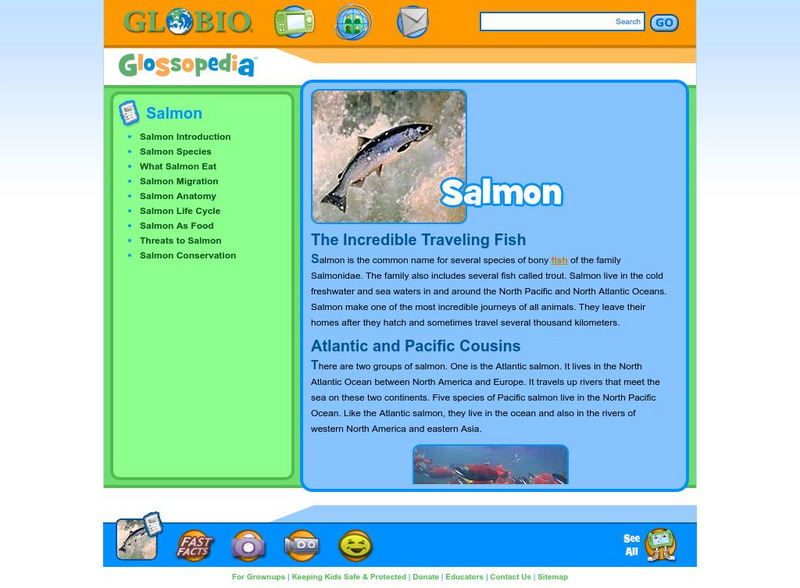eSchool Today
E School Today: Your Cool Basics on Water Shortage
Despite seventy percent of the world's surface being covered with water, there is a potential shortage of this natural resource. Only a small percentage is fresh water and much of that is inaccessible or threatened. Learn about fresh...
eSchool Today
E School Today: Your Cool Basics on Forest Preservation
Learn about the different kinds of forests, how forests are structured, their importance, deforestation and its impact, forest degradation, and what individuals can do to protect forests.
eSchool Today
E School Today: Your Cool Facts and Tips on Air Pollution
Looks at air pollution, its causes and impact, common pollutants, and what individuals and governments can do to combat it.
eSchool Today
E School Today: Your Cool Facts and Tips on Light Pollution
What is light pollution and why should we care about it? Learn what it is, the different types, sources of this type of pollution, the impact it has, and ways to combat it.
Science Buddies
Science Buddies: How Are Antibodies Used for Blood Typing?
The human immune system has various ways of responding to an infection caused by bacteria or viruses. Our bodies produce proteins (antibodies) that are highly specific for the infectious agent as a part of our "humoral" immune response....
Science Buddies
Science Buddies: Build a Motorboat Powered by Surface Tension
If you look carefully, you could find dozens of similar interesting phenomena that are all linked to the surface tension of water. Here is a project that will help you understand and measure the properties of water surface tension.
Writing Fix
Writing Fix: Bizarre Foods With Ralph Fletcher: A Narrative Revision Lesson
In this lesson, Ralph Fletcher's writing style is introduced to student writers. Students will write a rough draft about a time they ate, or a time when they saw someone else eat, something unusual. Then students will read and analyze...
Youngzine
Youngzine: Week of 11 05 12: An Hour More of Zzzz's..yay!
On Sunday, November 4 at 2 a.m, clocks in U.S were set back by an hour as Daylight Savings came to an end. What is DST? Who first proposed the idea? Is it practiced around the world? Let's take a look in this video. [0:37]
Curated OER
Bureau of Land Management: Anasazi Heritage Center: Who Were the Anasazi?
A question-and-answer site giving information about the Anasazi, an ancestral Pueblo people. There is a discussion of their languages, farming methods, architecture, and use of astronomy.
South Carolina Educational Television
Etv: Gullah Net: Gullah Music
Explore aspects of African music as reflected in the songs and music of slaves who lived in coastal South Carolina.
National Gallery of Art
National Gallery of Art: Counting on Art
Several lesson plans available for grades K-8 that take a look at math and art. Each lesson includes printable resources, glossary of terms, an artist biography, and national math and visual arts standards.
Better Lesson
Better Lesson: Changing Matter:changing Matter: Is Weight the Same or Different?
Students conduct a hands-on investigation to determine how matter, changing state, effects the property of weight. Students will collect data and graph their results. Resources include step by step instructions, a data worksheet, videos...
Better Lesson
Better Lesson: Food Webs Moving Matter in an Ecosystem(day 2)
Students will build a food web diagram and illustrate the movement of matter through a series of food chains. Resources include detailed plans, examples of student work, videos of the lesson in action, and sample food webs.
CPALMS
Florida State University Cpalms: Florida Students: What's the Matter in the Galaxy?
A tutorial that looks at the components within a galaxy such as gas, dust, stars and objects that orbit stars. A PDF file of the tutorial is available.
CPALMS
Florida State University Cpalms: Florida Students: How's the Weather?
A tutorial that describes the five factors that determine the weather in a particular place and time. The factors discussed in this tutorial are air temperature, air pressure, humidity, wind, and precipitation. A PDF file of the tutorial...
University of Victoria (Canada)
University of Victoria: Chinese New Year
Learn about the celebration of the Chinese New Year. Information is provided on Chinese New Year foods, decorations, taboos, and superstitions.
American Museum of Natural History
American Museum of Natural History: O Logy: Stuff to Do: Create a Coral Reef
Detailed instructions, with photographs for every step, for how to build a coral reef diorama.
Science Struck
Science Struck: Geometry Terms You Might Not Have Heard Before
A lengthy list of geometry terms arranged alphabetically. Includes labeled illustrations and definitions for each.
US Food and Drug Administration
Fda Kids Home Page
Learn about food safety and keeping healthy on the FDA Kids' Home Page. This site includes colorful graphics, great information, and it is easy to navigate.
Other
Bmw: Safe on the Streets
The BMW Group offers interactive, fun, easy-to-use resources for teachers, parents, and students to help find ways to keep safe on the streets. Provides safety tips, activities, and quizzes that help you learn to be safe whether you are...
Discovery Education
Discovery Education: Earth's Energy
A hands-on instructional activity for helping students understand simple circuits, series circuits, and parallel circuits, and the differences between the three.
PBS
Pbs Learning Media: Map of the Human Heart
See how the human heart moves blood through the body in this animated feature from the NOVA: "Cut to the Heart" Web site.
Globio
Glossopedia: Temperate Forest
Temperate forests cover much of the Earth. Temperate forest ecology is described as well as the importance to all animal and plant health. Human impact on temperate forests around the world is discussed.
Globio
Glossopedia: Salmon
This article introduces various species of salmon, breaking them into two groups - Pacific and Atlantic Salmon. Salmon habitat and life cycle are described. Concepts of spawning and food chain are explored. The issues of human activities...







